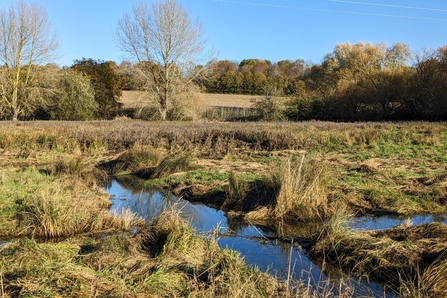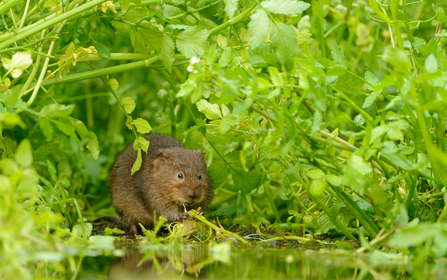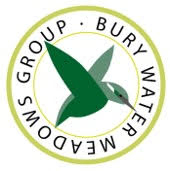Enhancing the River Lark landscape
Suffolk Wildlife Trust and Bury Water Meadows Group have been working in partnership to enhance the River Lark and adjacent habitat in No Man’s Meadows, Bury St Edmunds. The two organisations started the partnership project in 2022 and the work was completed this Autumn. The project saw the creation of a backwater habitat connected to the River Lark and the re-digging of a grip system in No Man’s Meadows.
A backwater habitat is an area of still water connected to the main river which acts as a refuge for fish and river invertebrates and provides habitat for other river wildlife, such as the endangered water vole. The backwater was created by digging out an existing ditch, known locally as Police Station Ditch, which will now hold river water all year round. A pond feature was also created at the end of the ditch. This work was accompanied by some sensitive tree clearance to reduce leaf litter and to allow sunlight to reach the backwater, encouraging wetland plants to grow. These plants will provide food and shelter for water voles, the target species for this habitat enhancement project.






